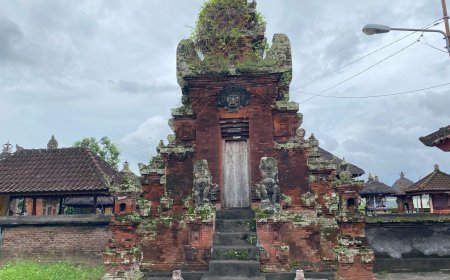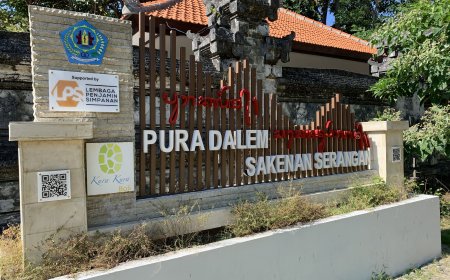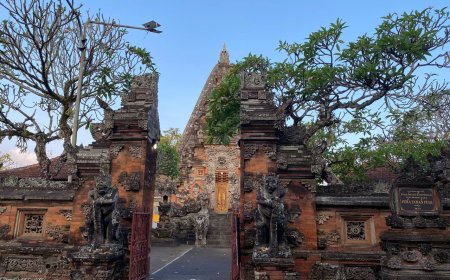Investigating the Mystery of the Pelinggih Ancient Ganesha Statue to the Strange Kulkul Sound at the Agung Menasa Temple
Bali is an island that stirs the soul with a rich culture, traditions, deep customs, and stunning natural beauty. However, behind this stunning beauty, there are layers of unsolved mysteries, intriguing secrets, and amazing legendary stories. One of them is the Mystery of the Ancient Ganesha Statue Pelinggih and the Strange Kulkul Sound at the Agung Menasa Temple.
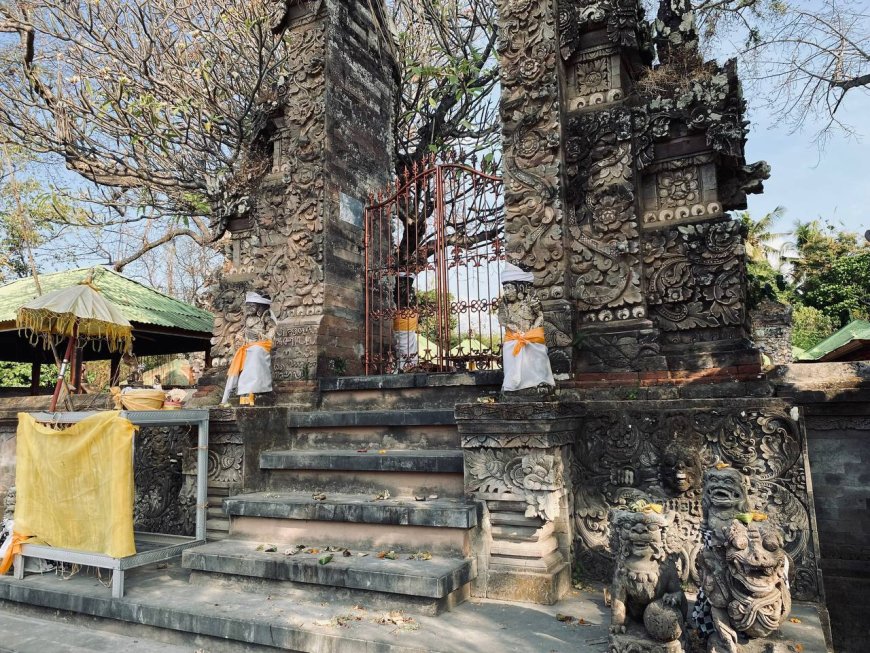
Agung Menasa Temple is one of the sacred places of historical heritage that should be well preserved in North Bali. Located in Sinabun Village, Sawan District, Buleleng, this temple not only offers the beauty of North Bali carving, but also holds mystery and uniqueness that is irreplaceable.
This temple is famous because it has the "Statue of Ganesha", which is believed to be hundreds of years old. This temple has a characteristic which is marked by a 50 meter high Kepuh tree with a trunk of about 1.5 meters in diameter. This tree is believed to have stood for hundreds of years and is one of the important landmarks for this temple.
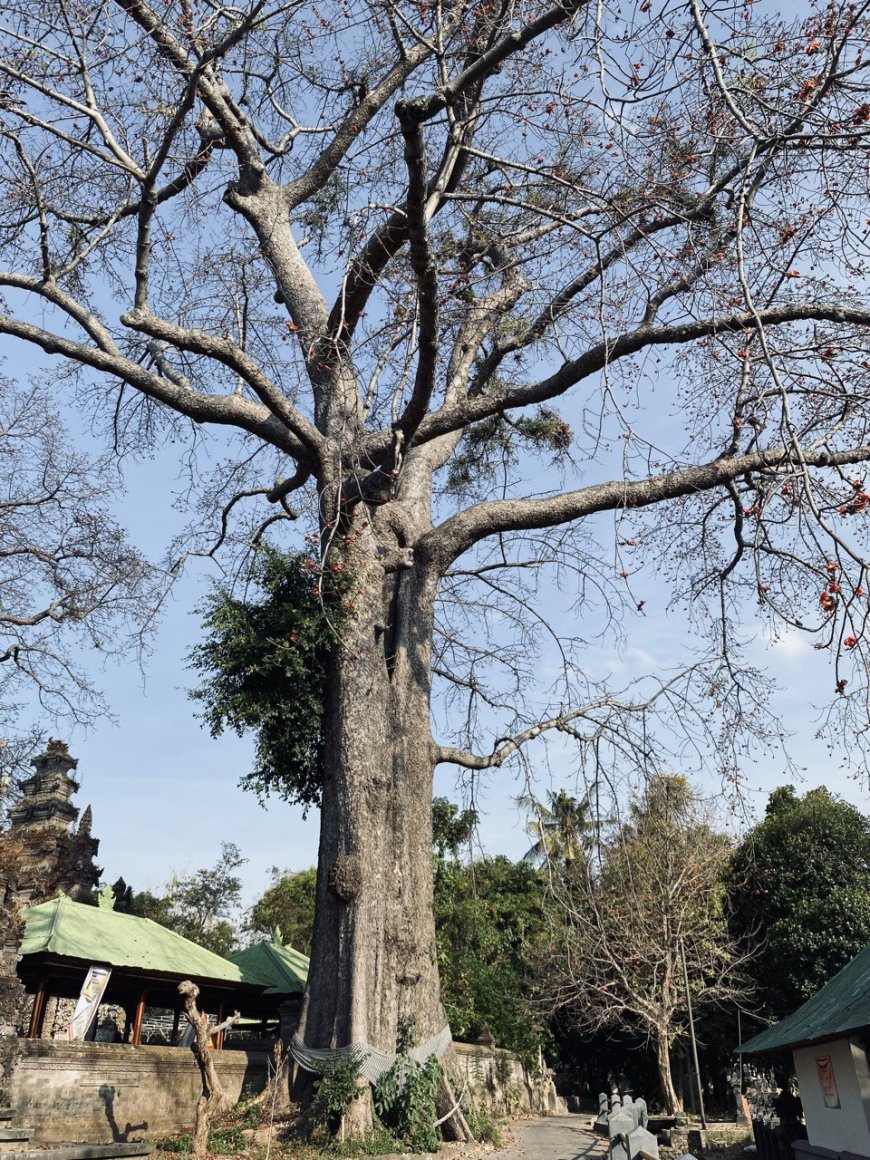
Kepuh Tree (Photo Source: Editorial Collection)
The enchanting North Bali carvings can be seen from entering the lowly area of the mandala to the main mandala. Paduraksa or kori coil, which is made of sandstone and covered with moss, further confirms the very old age of this temple.
In the main area of the mandala, the eye will immediately be drawn to the Mostgih Ganesha statue made of stone on the south side of the temple. This statue was researched by the Denpasar Archaeological Center Team in 2019 and was proven to originate from the Ancient Balinese period which developed at the end of the 12th or early 13th century. This Ganesha statue has a unique characteristic, because it is believed to be the only one in Bali that depicts Ganesha holding a phallus, sitting on a Padma Ganda with a crown of hair in an upward spiral.
It is said that, even though the Ganesha Statue Pelinggih is under a tree, local residents say and believe that there is never any leaf litter that falls around this Pelinggih, or in other words, this Pelinggih always looks clean even though it is rarely cleaned by the administrators of this temple. But strangely it is only around Pelinggih that this happens.
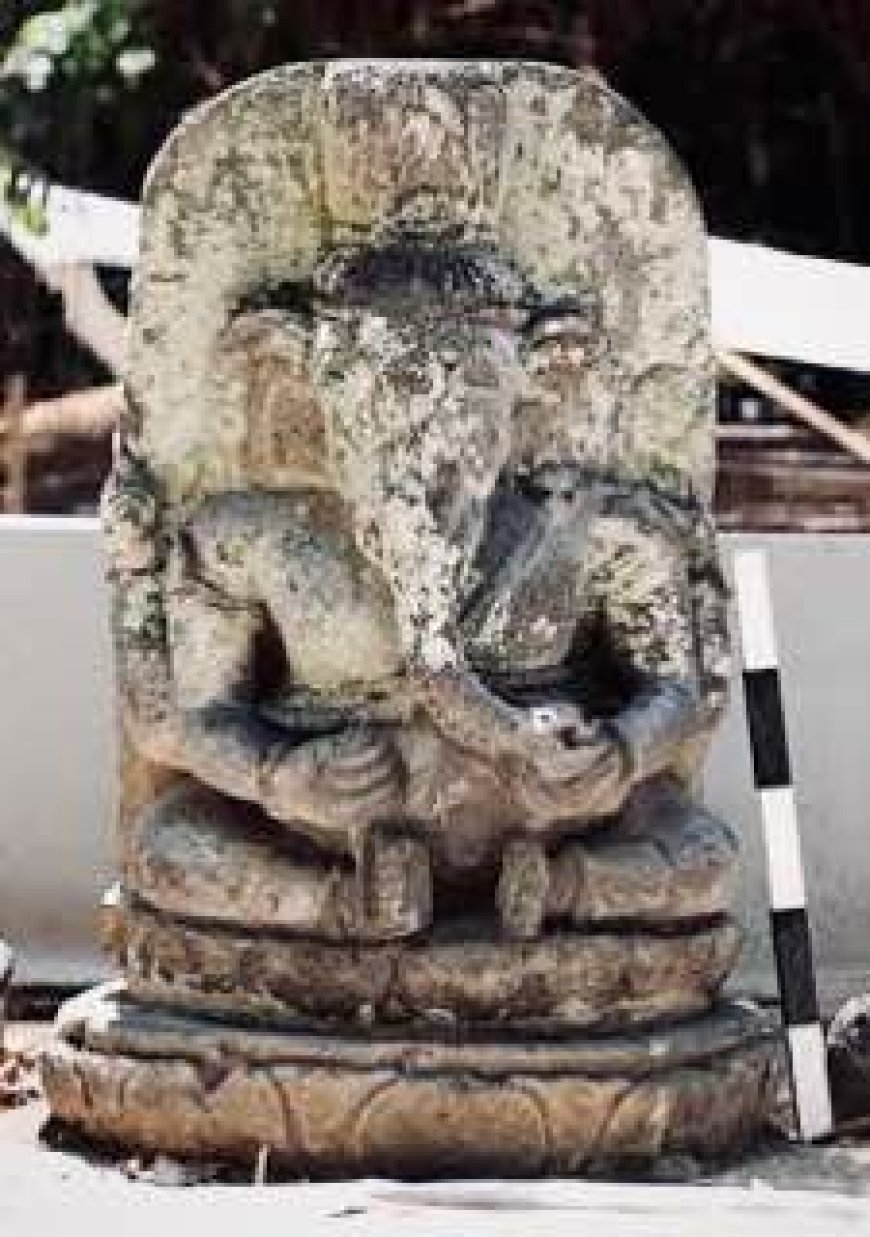
Pelinggih Arca Ganesha (Photo Source: Editor's Collection)
Apart from the Ganesha Statue Pelinggih which is hundreds of years old, the paduraksa or gelung kori at Pura Agung Menasa also has its own beauty with carvings with plant motifs typical of Buleleng. In research, this carving is estimated to have been built in 1827 AD, indicating that it is quite old. However, even though there has been research conducted, there is still no definite written record regarding the history of Pura Agung Menasa. The predecessors left no written records, which makes historical explanation difficult.
Another uniqueness of this temple is the existence of a "Kulkul" in the Nista mandala area which often makes sounds. Kulkul is a gong made of wood that is struck to announce various important events or information in the lives of Balinese people. Local people believe that the sound of Kulkul is a sign of merana or gering Agung. When Kulkul sounds, residents often pray to ask for protection to avoid danger. In fact, at the beginning of 2020, this Kulkul was said to have sounded three times, which made people suspect it was a sign of the emergence of the Covid-19 outbreak.
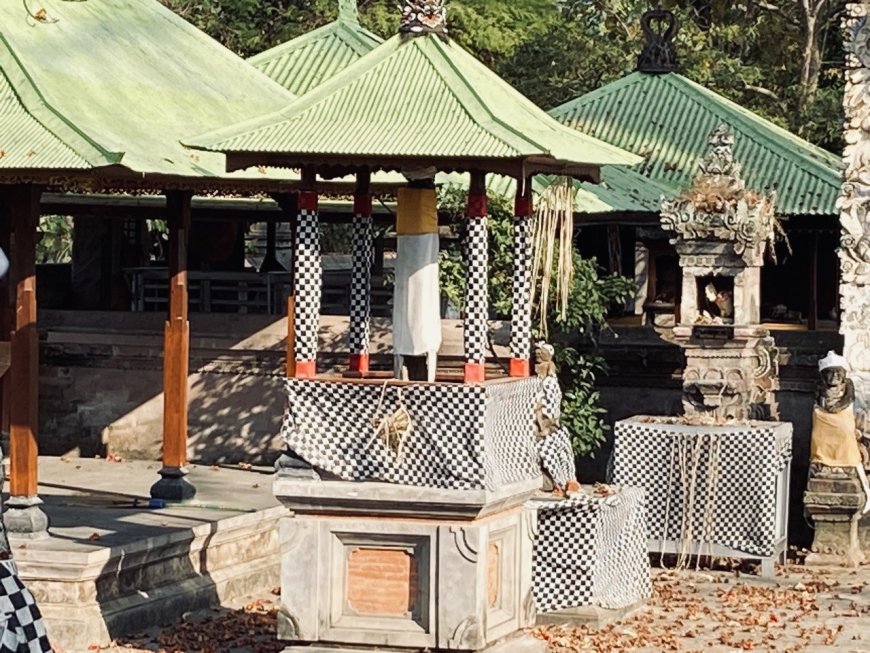
Kulkul in the Nista Mandala Area of Pura Agung Menasa (Photo Source: Editor's Collection)
Not only has history and uniqueness in carving, Pura Agung Menasa also has certain rules. One of them is the prohibition against offering red items during pujawali. Flowers, cakes or other items that are red in color may not be used in the ceremony. Only my white and yellow are allowed. Although the exact risks are not known, local people are very confident about this prohibition and strictly follow it.
Local people believe that Pura Agung Menasa is not only a place of worship, but also a place to pray for fertility and prosperity. Farmers often pray at this temple to ask for an abundant harvest.
Even though geographically it is located in the Sinabun Village area, Pura Agung Menasa is surrounded by three villages in Buleleng, namely Sinabun Village, Suwug Village in Sawan District, and Bengkala Village in Kubuaddan District. Each village has a special time when offering pujawali. Sinabun Village is tasked with presenting pujawali during the Anggarkasih Julungwangi, Suwug Village during the Purnama Sasih Kenem, and Bengkala Village during the Anggarkasih Prangbakat. It is said that the kawitnya came from Sinabun. However, there was a dry spell, because it had been attacked by an army of red ants. That is why some villagers chose to move to Suwug Village and Bengkala Village.
So far, Pura Agung Menasa has become a place of worship for many people, not only from the three villages but also from outside Bali, such as Java. They come to this temple after receiving pawisik or magical guidance. For them, this temple is a place to obtain blessings, prosperity and protection.



















































